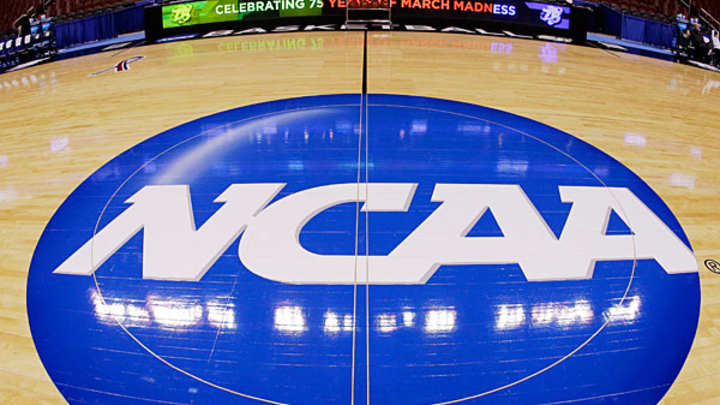Assessing the NCAA Board of Directors' endorsed new governance structure

The NCAA Board of Directors has formally endorsed a restructured governance structure. (Matt Slocum/AP)

A day before Northwestern’s football players will vote whether to form a union, the Division I Board of Directors endorsed an initiative on Thursday that’s been nearly two years in the making. Coincidentally, it would address many of the same athlete-welfare issues on Kain Colter’s CAPA agenda. As has been mounting for some time, the NCAA took a formal step toward overhauling its Division I governance structure and, in the process, giving the five power conferences (ACC, Big Ten, Big 12, Pac-12 and SEC) legislative autonomy over certain issues they’d like to use their respective TV revenue treasure troves to address.
To be clear, the five power conferences are NOT breaking away from the NCAA. Commissioners such as the SEC’s Mike Slive and the Big 12’s Bob Bowlsby have long maintained that wasn’t the goal here, much to the chagrin of breathless sports talk radio hosts. Nor will these leagues be “playing by their own rules.” Anything the five power conferences agree to, the other 27 leagues will be free to adopt, too. (It’s not yet clear what the mechanism for that will be.)
It’s really this simple: If Ohio State wants to provide its athletes with a full cost of attendance scholarship -- which it can easily afford -- it doesn’t feel it should need permission from Stony Brook. Pending approval in August, it will soon be able to do just that. The NCAA’s release on Thursday listed the following “actionable” items that will fall under the five power conference's autonomy:
• Financial aid, including full cost of attendance and scholarship guarantees
• Insurance, including policies that protect future earnings
• Academic support, particularly for at-risk student-athletes
• Other support, such as travel for families, free tickets to athletics events and expenses associated with practice and competition (such as parking)
The laborious process it took for the NCAA to get to this point began long before Colter or CAPA ever made their opening statement. However, note that all of the above items fall under the umbrella of student-athlete welfare.
Meanwhile, CAPA’s primary talking point all along has been the need to give student-athletes a “voice” on key NCAA decisions. The restructuring model endorsed on Thursday includes giving unprecedented voting power to two student-athletes on a new 38-member legislative council. The gesture is arguably more symbolic than impactful, but it does show that the powers-that-be aren’t completely tone deaf to some athletes’ concerns they aren’t being heard.
Long story short: Once the five power conferences are given the freedom to start ironing out the details of their proposals later this year, athletes are likely to start seeing tangible benefits well before the recent NLRB decision winds its way through a lengthy legal battle. While this isn't likely to appease the zealots who want to see athletes receiving six-figure paychecks, the proposal would bring major changes, at least by NCAA standards. And for a change, the athletes -- not the schools or administrators -- stand to benefit most.
STAPLES: Northwestern union vote intriguing, but NLRB ruling more significant
